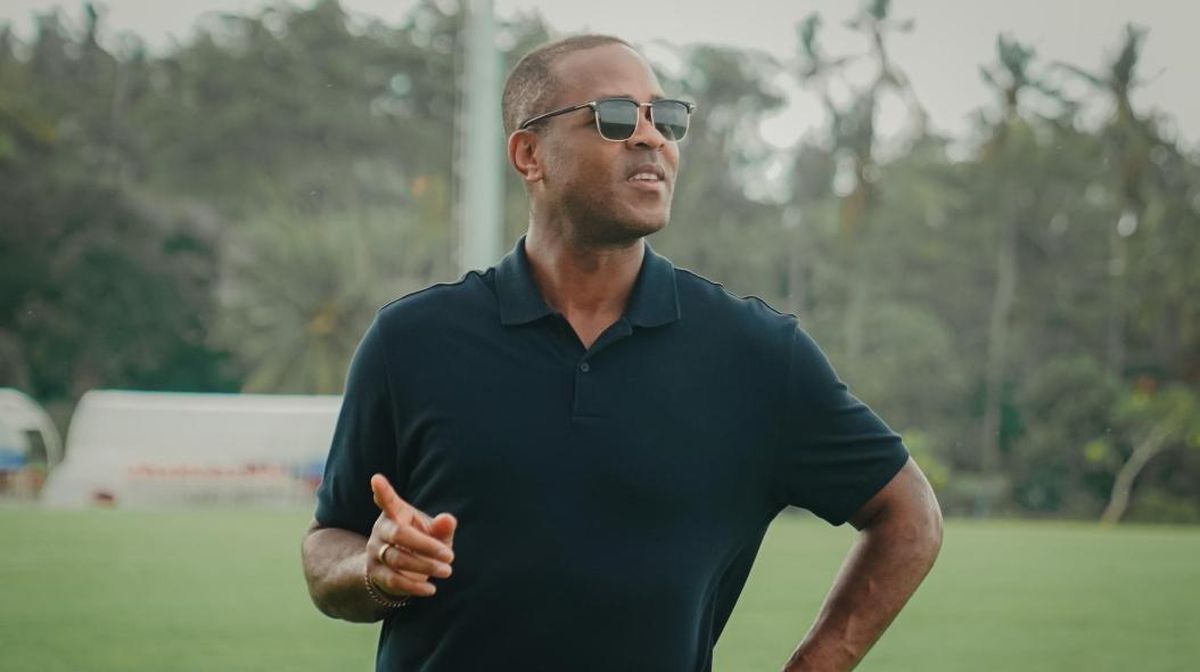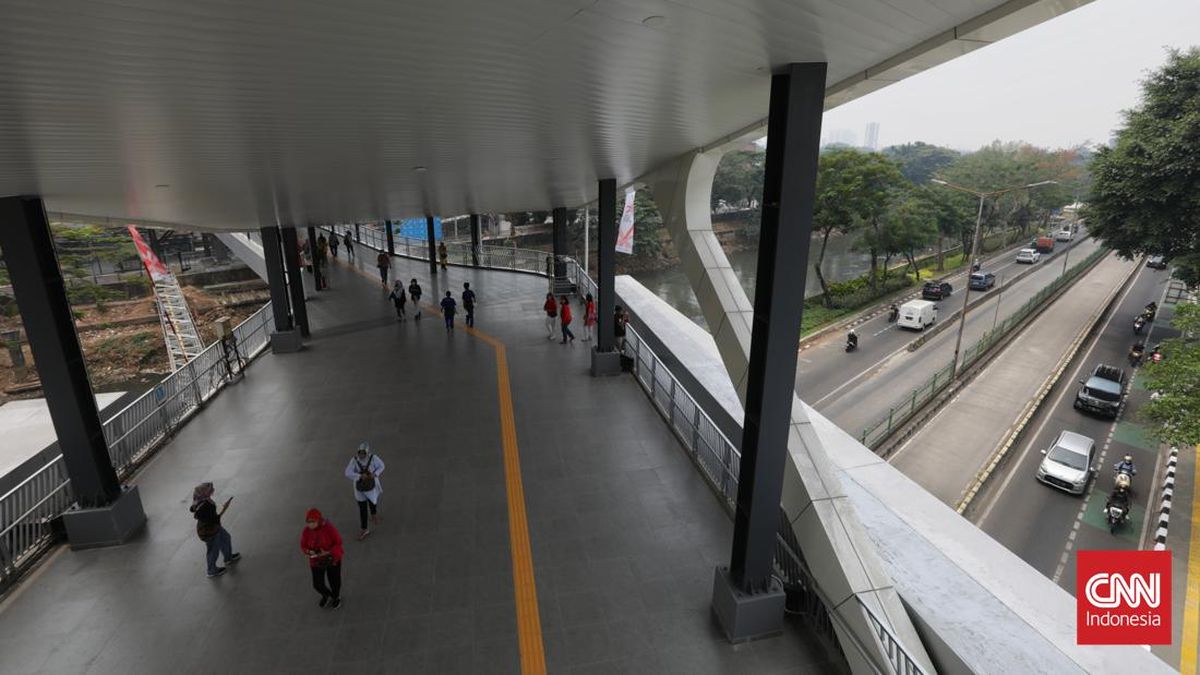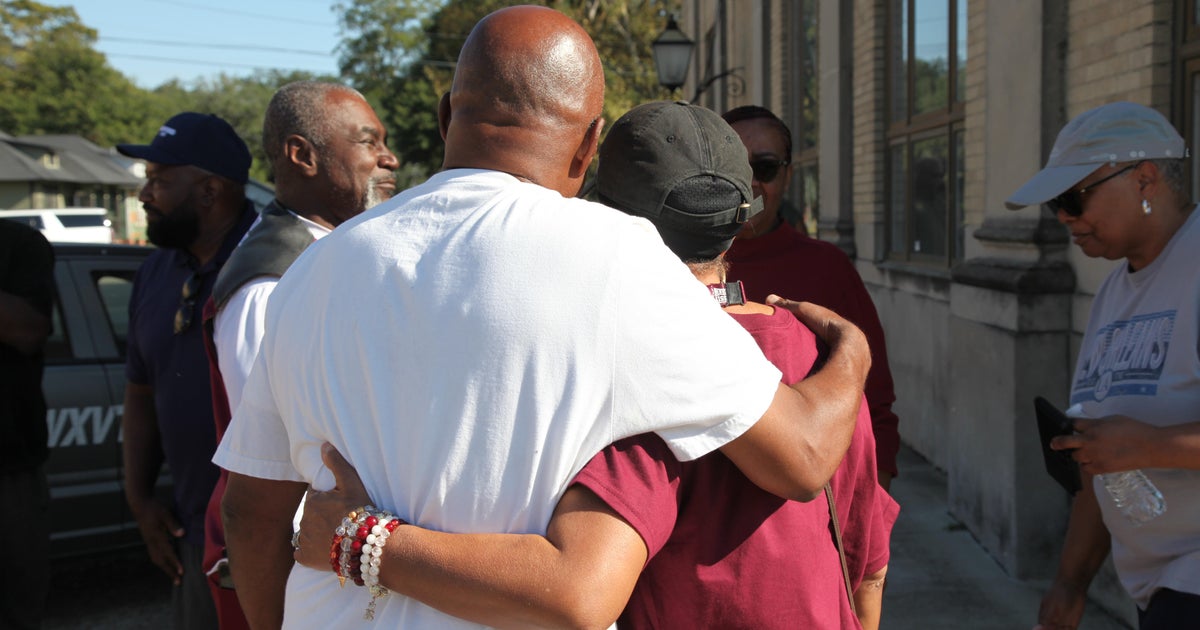On the interstate outside St. Louis, it took Missouri state trooper Brock Teague just minutes to spot a suspected distracted driver with a taillight out and cellphone in hand.
This time, the driver got a warning, but a ticket can cost $150 for a first offense. It goes up from there, for something Teague says he sees every day.
"They're just as dangerous if not more than a drunk driver on the highway," Teague said. "They're not paying attention to the road, they're not paying attention to what they're supposed to be doing."
That's what happened in Columbia, Missouri, in 2019. A distracted driver was video chatting and speeding and crashed into volunteers picking up traffic cones after a triathlon. The crash killed Randall Siddens, a father of three. His youngest was born just a month before he died.
"They didn't get to know him, which is sad. He would have loved them, they would have loved him," said his widow, Adrienne, who pushed Missouri lawmakers to pass the hands-free law Teague is now enforcing.
"Once it touches your family, you realize just how it only takes an instance," Adrienne Siddens said.
On average, distracted driving kills about nine people every day in the U.S., according to the Centers for Disease Control and Prevention. In 2023, the last year for which stats were available, about 325,000 people were injured in distracted driving crashes, according to the National Highway Traffic Safety Administration.
Missouri is one of 32 states, along with Washington, D.C., that have laws banning handheld cellphones while driving, according to the Governors Highway Safety Association. The state has relied on police crash reports for distracted driving data, but that doesn't tell the whole story.
Now, the Department of Transportation is aiming to identify distracted driving hot spots using data gathered anonymously from smartphones and vehicles, data that is often called telematics.
"Our crash reports would tell you that somewhere around 10 to 15% of our fatal crashes involve a distracted driver. When you look at the telematics data, it indicates that it's probably closer to one in three," said Jon Nelson, Missouri's highway safety and traffic engineer.
"We've learned that like, in the southeast part of our state, there's a higher rate of distracted driving happening there compared to other places of the state," Nelson said.
He's unsure exactly why that is, but said it's a more rural part of the state where there is less traffic and more open roads.
"But for us to know that now we can know, hey, maybe we need to increase our educational programs in that area. Law enforcement agencies could increase their visibility in that area," Nelson said.
Adrienne Siddens said her message is simple.
"Is it worth it? Would your family's life be worth that? And I think 100% of people would say no," she said.


















































